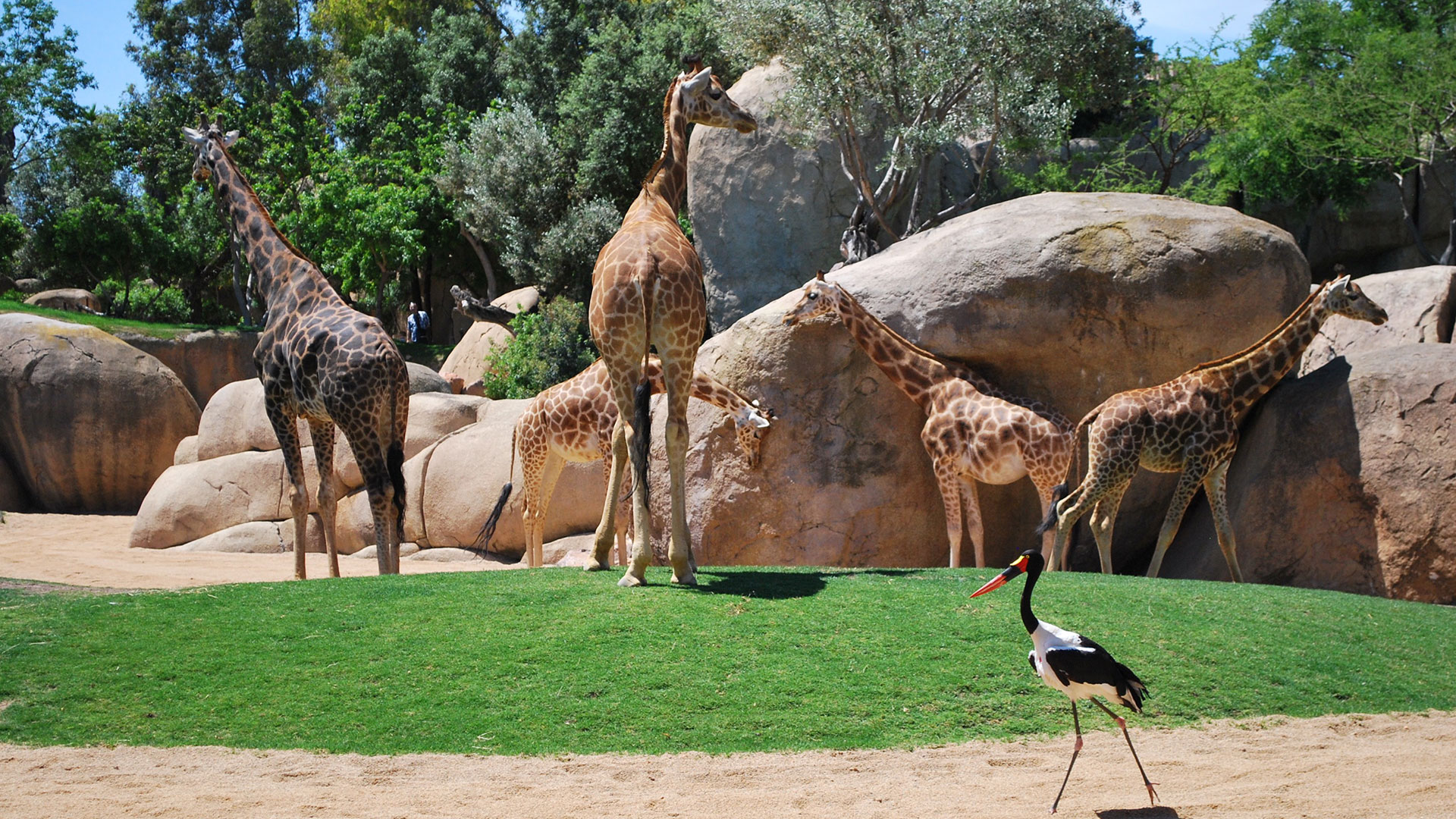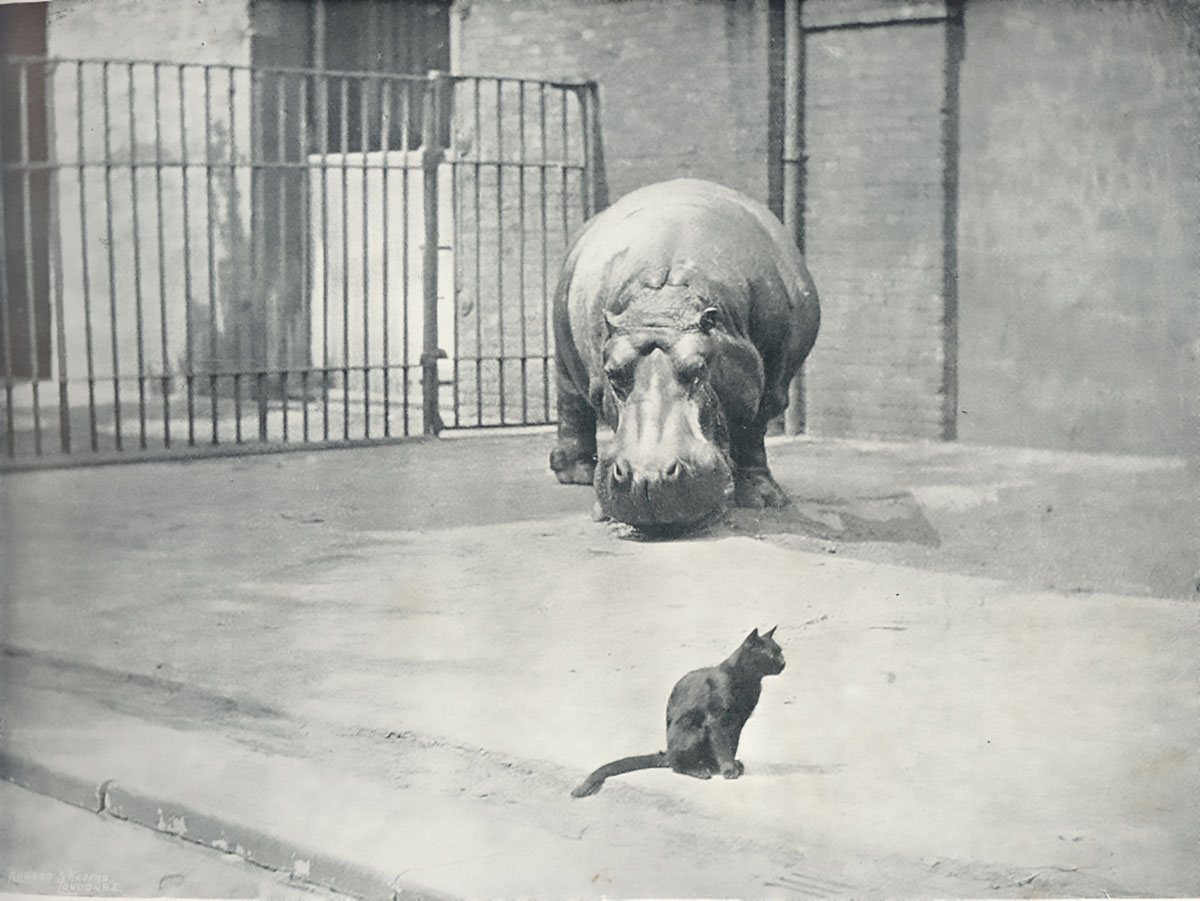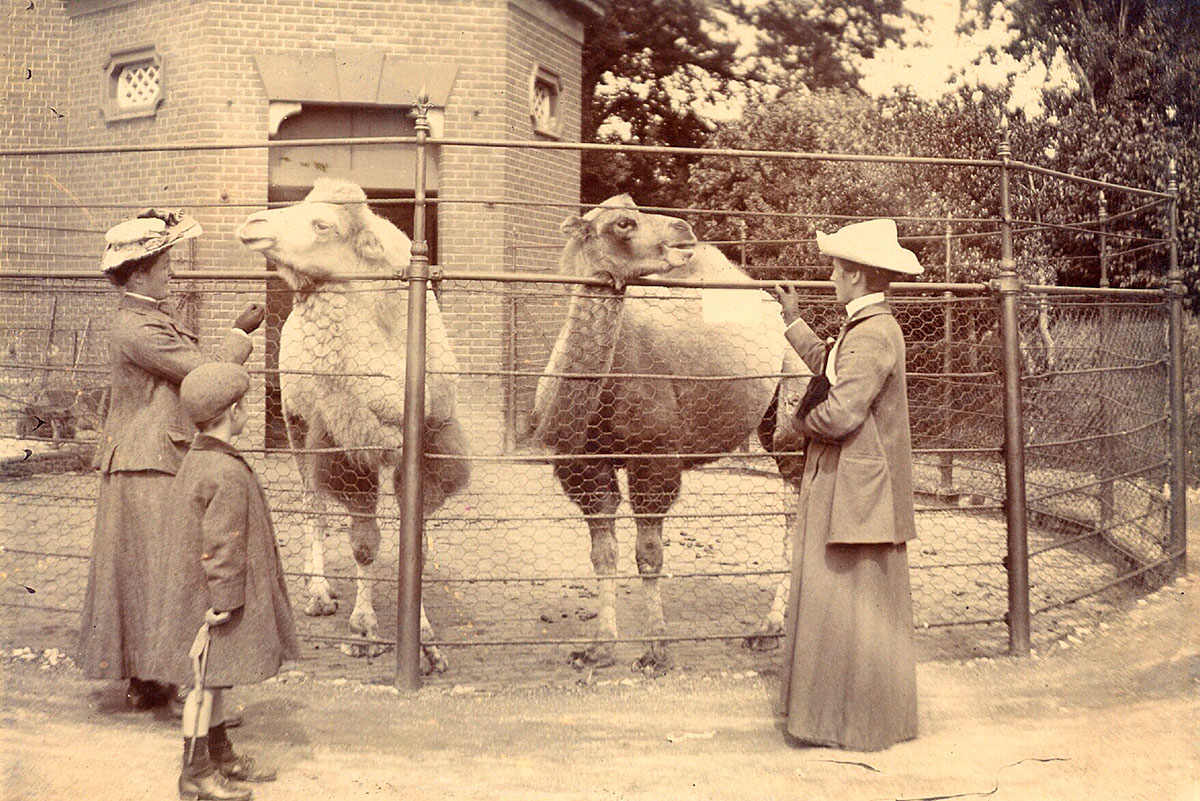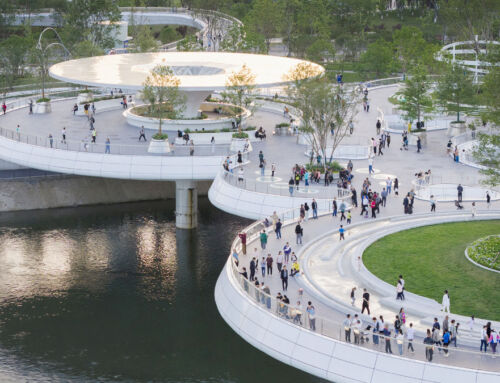In 1752, Francis Stephen of Lorraine and Bourbon-Orleans, also known as Francis III of Lorraine and later Francis I, Holy Roman Emperor, began a collection of exotic and wild animals in Vienna, which he housed in cages in the gardens of Schönbrunn Palace. It is said that his wife and head of the royal household, Maria Theresa, agreed to her husband’s whim on condition that he did not include any animals that might devour their children. In 1779, when the collection had a good number of specimens from all over the world, they decided to open its doors to the public. The attraction became so popular that in 1828 a famous giraffe influenced Viennese fashion. And so was born the Tiergarten Schönbrunn, the oldest zoo in the world still in operation today, (others having existed in Mesopotamia, Egypt, China, Rome, etc. in ancient times).
It is followed in antiquity by the Ménagerie du Jardin des Plantes in Paris. A botanical garden for 150 years, in 1793 it began to incorporate some animal species into its extensive variety of flora, and a year later it was opened to the curiosity of visitors to the country. The first animals arrived from the little-appreciated menagerie at Versailles, whilst the Duke of Orleans added a few more from his private collection. Within a few years, elephants, ostriches, bears and other specimens were added, acquired through Napoleon’s conquests, or as gifts from wealthy families across Europe.
The ZSL London Zoo began in 1828 as the Zoological Society of London, a scientific study centre whose main purpose was to classify the creatures of the animal kingdom. Access was limited to members of the institution and their guests, although it is said that the keepers at the gate admitted almost anyone who could pay a shilling. Amongst the regulars at ZSL London Zoo at the time was Charles Darwin, who studied the primates in the collection for his work On the Origin of Species. However, out of financial necessity, the zoo opened its doors to the curious public in 1847, and has since become one of the world’s most famous animal parks.
These are succeeded by the Dublin Zoo in Ireland, which opened in 1831, and the Royal Artis Amsterdam Royal Zoo in the Netherlands, which opened in 1838. Or the Antwerp Zoo in Belgium, opened in 1843, or Berlin Zoo, from 1844, in Germany. In the USA, the oldest zoo is the Philadelphia Zoo, which, due to the Civil War, could not open its doors in 1859, as planned, but ended up doing so in 1874. The oldest zoo in Asia is the Trivandrum Zoo, dating from 1857, in the southern Indian state of Kerala. And in Australia you can still visit the Royal Melbourne Zoological Gardens, which opened in 1862.
In their beginnings, zoos were a tribute to the curiosity of the public and also enclosures for animal research and study. In those years of the 19th century, the extinction of species was not a problem, as it is today, and the welfare of their specimens was not a priority either. Today however, the vast majority of animal parks maintain a clear commitment to animal welfare, to the conservation of endangered species and to the education of children and young visitors.
Today, when building zoos and animal parks, we reproduce the original habitats of the species in large, open spaces, deal with their stress and ensure their happiness as far as possible. In terms of conservation, it is not uncommon for an endangered creature to make the news because it has successfully reproduced in one of these parks. And with 700 million yearly visitors, according to various sources, the world’s zoos and animal parks (including aquariums) fulfil an important educational mission in respecting nature and wildlife. Finally, we must consider that several hundred thousand people, including biologists, scientists, veterinarians, educators, researchers, keepers and other staff, work in these institutions around the world to ensure that their conditions are the best that can be provided for the animals.












